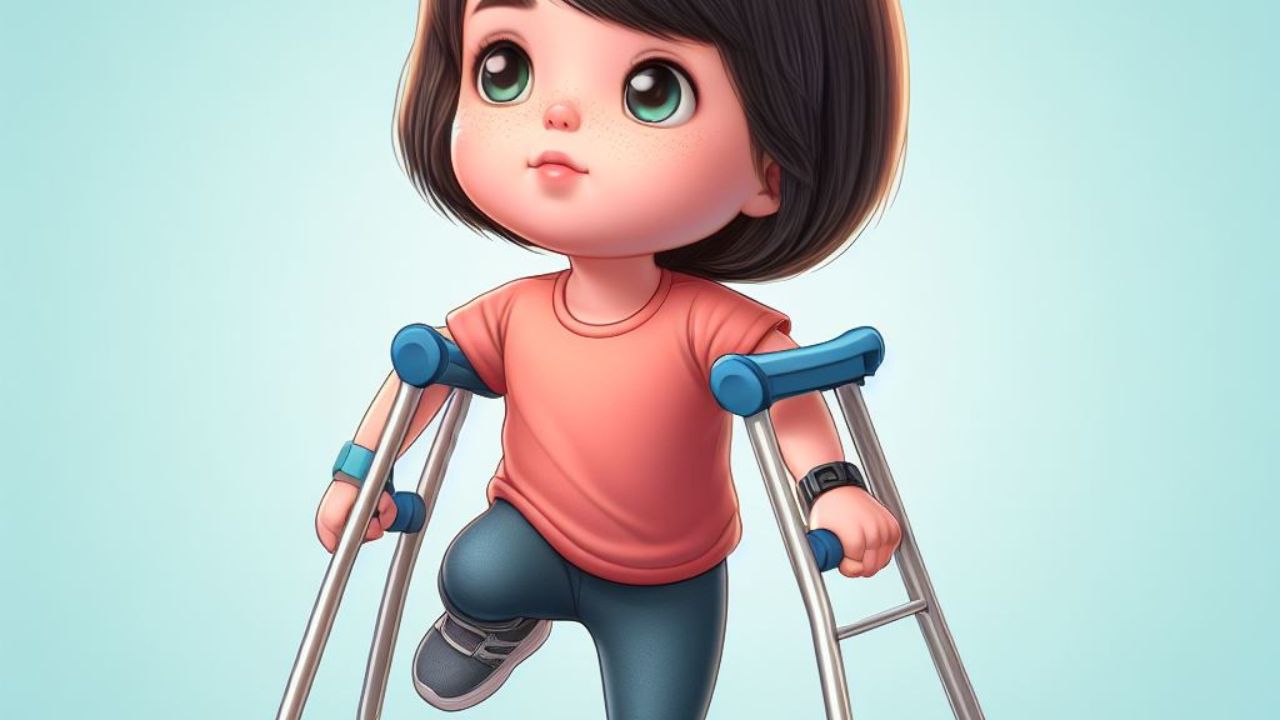
In this article, we will explore the top 10 proven pediatric physical therapy techniques that have been specifically designed to improve the overall well-being of children.
These evidence-based approaches, such as Sensory Integration Therapy, Aquatic Therapy, and Constraint-Induced Movement Therapy, have shown promising results in enhancing various aspects of a child's physical, sensory, and motor development.
By utilizing these techniques, pediatric physical therapists can provide children with the necessary tools and interventions to reach their full potential and enjoy a healthier, more fulfilling life.
Sensory Integration Therapy
Interestingly, sensory integration therapy is a widely recognized and effective approach for addressing sensory processing difficulties in children.
Sensory processing disorder (SPD) is a condition where the brain has trouble receiving and responding to information that comes through the senses.
Sensory integration therapy aims to help children with SPD by providing them with a sensory diet, which is a personalized plan of activities and exercises that target their specific sensory needs.
The therapy focuses on enhancing the child's ability to process and respond to sensory information, ultimately improving their overall functioning and behavior.
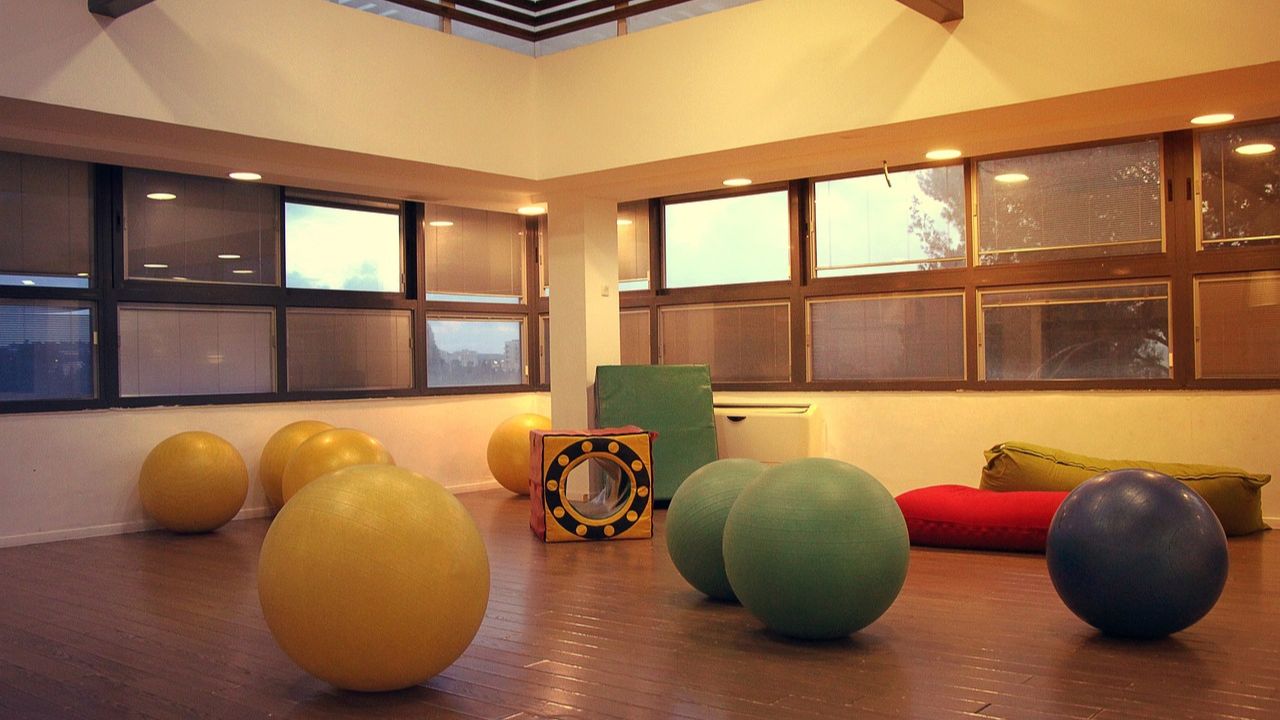
Aquatic Therapy
Aquatic therapy is a highly effective approach that utilizes the therapeutic properties of water to improve the wellbeing of children. The benefits and efficacy of aquatic therapy in pediatric physical therapy are well-documented.
Water provides buoyancy, which reduces the weight and stress on a child's joints, allowing for easier movement and improved range of motion. The resistance of water also helps to strengthen muscles and improve balance and coordination. Additionally, the warmth of the water can provide pain relief and relaxation.
To incorporate aquatic therapy into a comprehensive treatment plan for children, it is important to first assess their individual needs and set specific goals. A skilled pediatric physical therapist can then design a program that includes various water exercises and activities tailored to the child's abilities and challenges.
Regular sessions in the water can be a fun and effective way to promote physical, emotional, and social development in children.
Constraint-Induced Movement Therapy
Numerous studies have shown that constraint-induced movement therapy is a highly effective and evidence-based technique for improving motor function in children. This therapy is particularly beneficial for pediatric stroke rehabilitation, as it focuses on increasing the use of the affected limb while restricting the use of the unaffected limb. By doing so, constraint-induced movement therapy helps children regain control and strength in their affected limb, leading to improved motor skills and overall wellbeing.
During constraint-induced movement therapy, children are encouraged to engage in activities that require the use of their affected limb. The therapy sessions are structured and intensive, with therapists providing support and guidance throughout the process. This technique not only helps children regain physical abilities but also boosts their confidence and sense of independence.
Research has consistently shown the effectiveness of constraint-induced movement therapy in improving motor function in children with conditions such as pediatric stroke. It is a valuable tool in pediatric physical therapy, empowering children to overcome challenges and achieve greater freedom of movement.
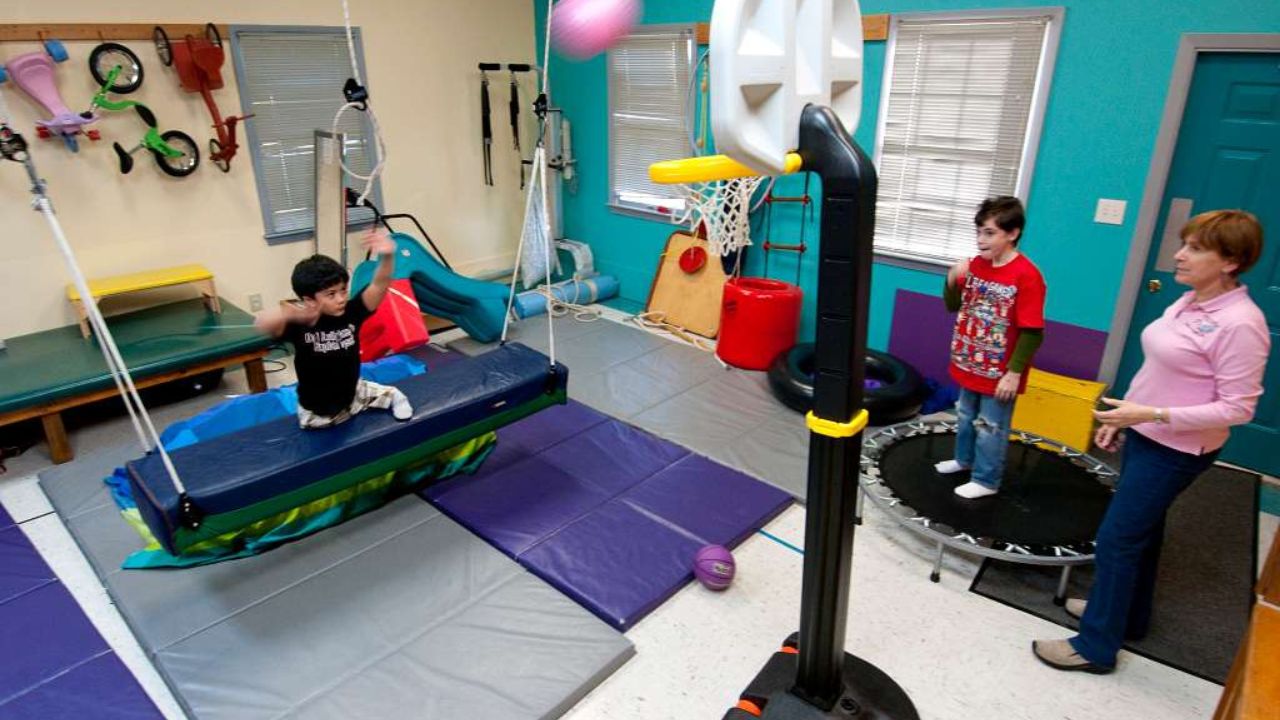
Neurodevelopmental Treatment (NDT)
Neurodevelopmental Treatment (NDT) focuses on facilitating neurological recovery and promoting functional independence in children with motor impairments through a combination of hands-on techniques and therapeutic activities.
There is a growing body of research that supports the effectiveness of NDT in improving motor skills and overall wellbeing in pediatric patients. Numerous studies have shown significant improvements in motor function, balance, coordination, and mobility in children who have received NDT interventions.
Additionally, research has demonstrated that NDT can lead to increased participation in daily activities, improved quality of life, and enhanced social interaction for children with motor impairments.
These findings highlight the importance of incorporating NDT into pediatric physical therapy programs and the positive impact it can have on a child's overall development and wellbeing.
Therapeutic Listening
One effective technique for improving child wellbeing in pediatric physical therapy programs is through the use of both auditory and sensory stimulation, known as Therapeutic Listening. This approach utilizes auditory stimulation, also known as sound therapy, to enhance a child's ability to process and integrate sensory information.
By incorporating specialized music and soundtracks, Therapeutic Listening aims to address sensory processing difficulties, improve attention, and promote overall regulation in children. The auditory stimulation provided through Therapeutic Listening helps children develop better listening skills, enhance their ability to focus and attend to tasks, and improve their overall sensory integration.
Gait Training
Gait training is an essential component of pediatric physical therapy programs as it involves the use of specific exercises and interventions to improve a child's walking pattern and overall mobility. This technique focuses on helping children develop a functional and efficient gait, which is vital for their independence and participation in daily activities.
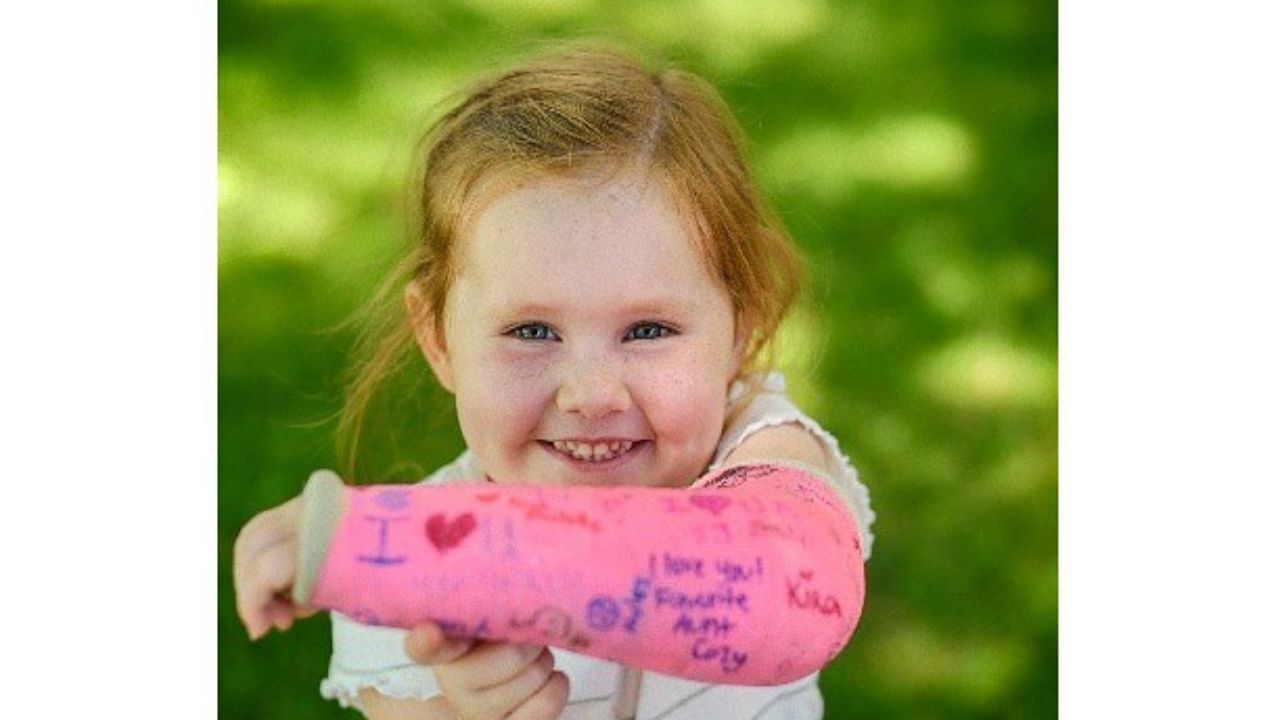
Balance exercises play a significant role in gait training, as they help children improve their stability and coordination during walking. These exercises can include activities such as standing on one leg, walking on uneven surfaces, and using balance boards or balls.
Additionally, orthotic management may be incorporated into gait training to provide support and correct any abnormalities in foot alignment.
Handwriting Without Tears
Utilizing a multisensory approach, Handwriting Without Tears is a highly effective technique for improving children's handwriting skills and promoting their overall development. This method focuses on handwriting improvement and fine motor skills development, providing children with the tools they need to express themselves freely and confidently.
Here are three reasons why Handwriting Without Tears evokes emotion and resonates with those who desire freedom:
Simplicity: Handwriting Without Tears simplifies the handwriting process, breaking it down into manageable steps that children can easily grasp. This simplicity creates a sense of freedom from frustration and empowers children to take control of their handwriting abilities.
Inclusivity: Handwriting Without Tears is designed to cater to children of all abilities and learning styles. By embracing inclusivity, this technique fosters a sense of freedom by ensuring that every child has the opportunity to develop their handwriting skills at their own pace.
Creativity: Handwriting Without Tears encourages children to express their creativity through handwriting. By providing a solid foundation in letter formation and spatial awareness, this technique allows children to freely explore their imagination and develop their unique writing style.
With Handwriting Without Tears, children can overcome handwriting challenges and embrace the freedom of self-expression through improved handwriting skills and fine motor development.
Assistive Technology
Assistive technology provides innovative solutions and enhanced support to pediatric physical therapy, allowing children to overcome challenges and improve their overall wellbeing.
Customized solutions in the form of assistive technology help children with disabilities or physical limitations to participate more fully in their daily activities. These technologies can range from simple tools like adaptive feeding utensils or specialized seating systems to more complex devices such as communication boards or powered wheelchairs.
By using assistive technology, children are empowered to enhance their independence and engage in activities that were previously difficult or impossible for them. These technological advancements not only provide physical support but also boost the child's confidence and self-esteem.
Assistive technology plays a crucial role in promoting inclusivity and ensuring that all children have equal opportunities to thrive and lead fulfilling lives.
Interactive Metronome Therapy
One of the most effective pediatric physical therapy techniques for improved child wellbeing is incorporating interactive metronome therapy into treatment plans. This therapy involves using a specialized device that provides auditory and visual cues to help children improve their timing, rhythm, and coordination skills.
Some of the benefits of interactive metronome therapy for children with ADHD include:
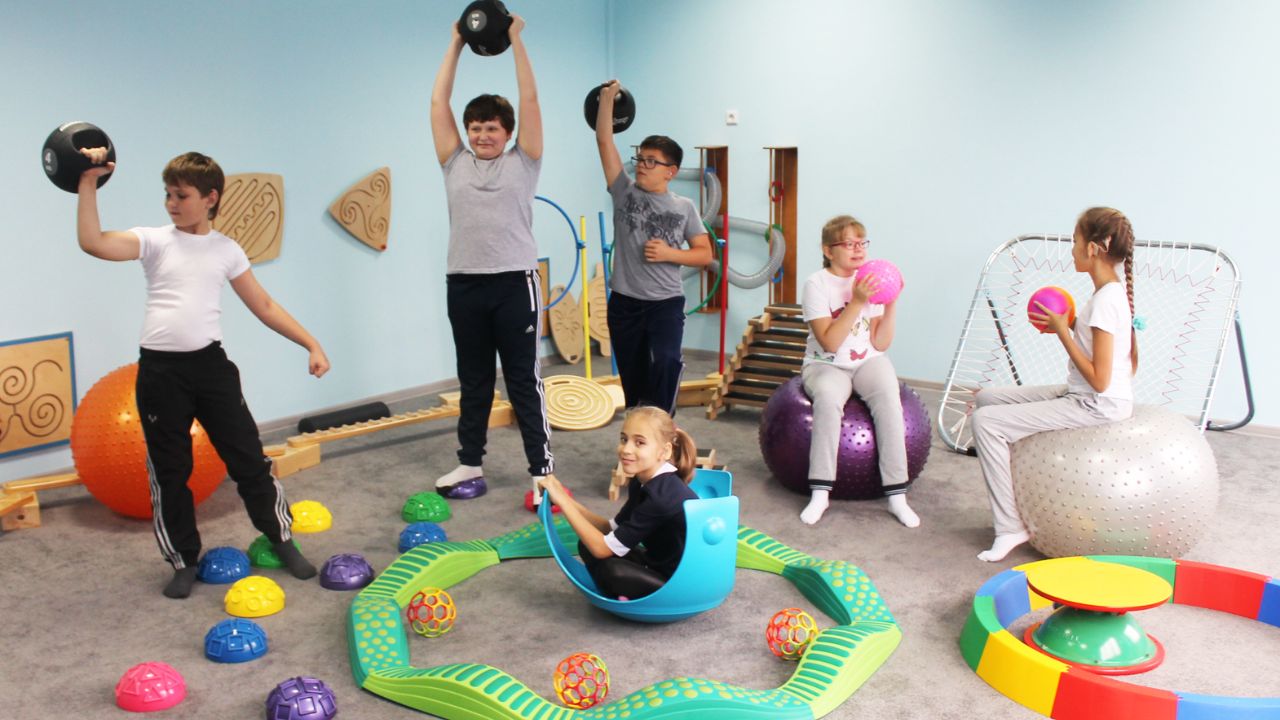
- Improved attention and focus: The structured and repetitive nature of the therapy helps children with ADHD stay engaged and focused, leading to better attention spans.
- Enhanced executive function: Interactive metronome therapy can improve cognitive skills such as planning, organizing, and problem-solving, which are often affected in children with ADHD.
- Increased self-confidence: As children see improvements in their coordination and motor skills, their self-esteem and confidence levels also tend to increase.
Furthermore, interactive metronome therapy has shown positive results in improving coordination and motor skills in children with developmental delays. By synchronizing their movements with the metronome beats, children can enhance their balance, strength, and overall motor control.
This therapy empowers children by giving them the tools to overcome physical challenges and enjoy greater freedom of movement.
Vestibular Rehabilitation Therapy
Vestibular Rehabilitation Therapy is a highly effective technique used in pediatric physical therapy to address issues related to the vestibular system in children. The vestibular system plays a vital role in maintaining balance and spatial orientation. When there is a dysfunction in this system, it can lead to problems such as dizziness, vertigo, and difficulty with coordination and balance.
Vestibular Rehabilitation Therapy aims to improve these symptoms and enhance overall wellbeing in children. One of the key components of Vestibular Rehabilitation Therapy is balance training. This involves a variety of exercises and activities that challenge the vestibular system and help children improve their balance and stability.
These exercises may include walking on uneven surfaces, standing on one leg, or performing specific movements that stimulate the vestibular system. By gradually increasing the difficulty of these exercises, children can gradually improve their vestibular function and regain their sense of balance.
Frequently Asked Questions
How Long Does It Typically Take to See Improvement in a Child's Motor Skills Through Neurodevelopmental Treatment (Ndt)?
The timeline for improvement in a child's motor skills through neurodevelopmental treatment (NDT) varies depending on various factors such as the severity of the condition and the child's individual progress. NDT has shown effectiveness in enhancing motor skills in pediatric patients.
Are There Any Potential Risks or Side Effects Associated With Aquatic Therapy?
Potential risks and side effects associated with aquatic therapy may include skin infections, respiratory issues, and muscle strains. It is important for therapists to closely monitor patients and follow proper safety protocols to minimize these risks.
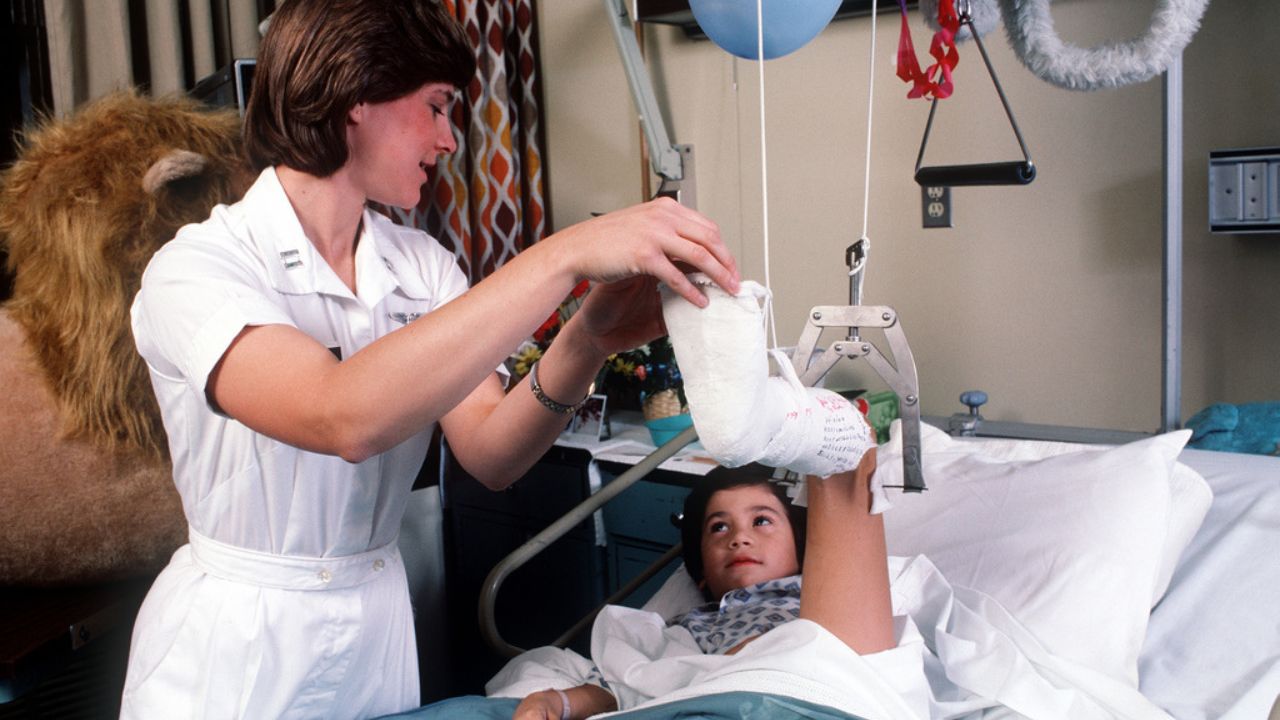
What Age Range Is Considered Appropriate for Children to Undergo Constraint-Induced Movement Therapy?
The age range considered appropriate for children to undergo constraint-induced movement therapy varies depending on the individual child's needs and abilities. Aquatic therapy has been shown to provide numerous benefits for children, including improved mobility and increased strength.
Therapeutic listening is an auditory intervention that aims to address sensory processing difficulties in children. Unlike other forms of auditory interventions, therapeutic listening focuses on improving sensory modulation and integration through the use of specially designed music and sound-based interventions.
Can Gait Training Be Effective for Children With Severe Physical Disabilities?
Gait training can be effective for children with severe physical disabilities. It helps improve their mobility, balance, and overall functional abilities. By targeting specific gait patterns and providing appropriate support, children can experience significant benefits in their daily activities.
 Mobility trainingHome Fitness RecoverySports Injury PreventionPersonal Physical TherapyOrthopedic SolutionsPrivacy PolicyTerms And Conditions
Mobility trainingHome Fitness RecoverySports Injury PreventionPersonal Physical TherapyOrthopedic SolutionsPrivacy PolicyTerms And Conditions
